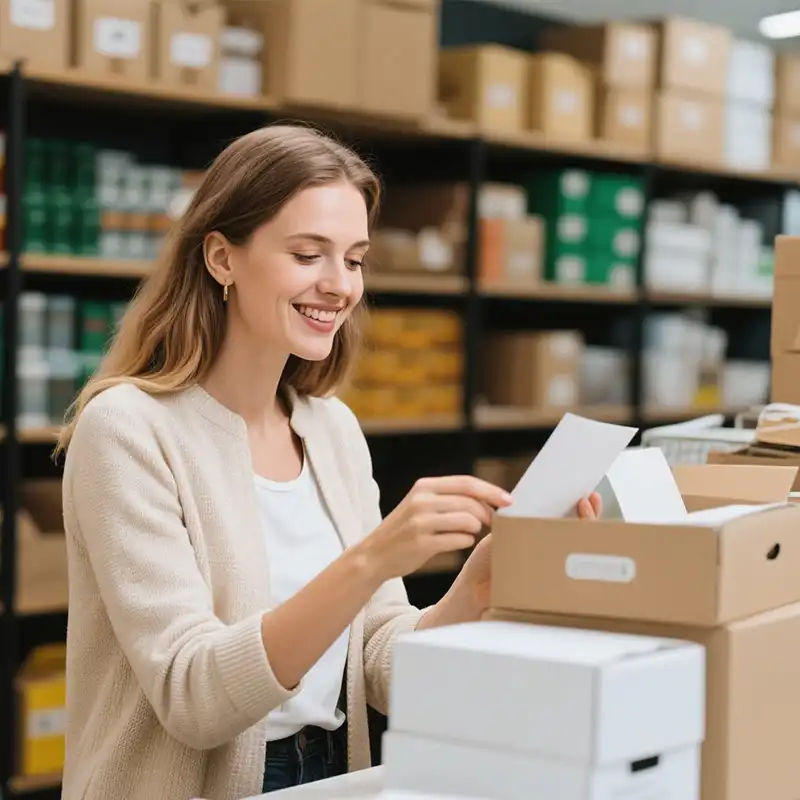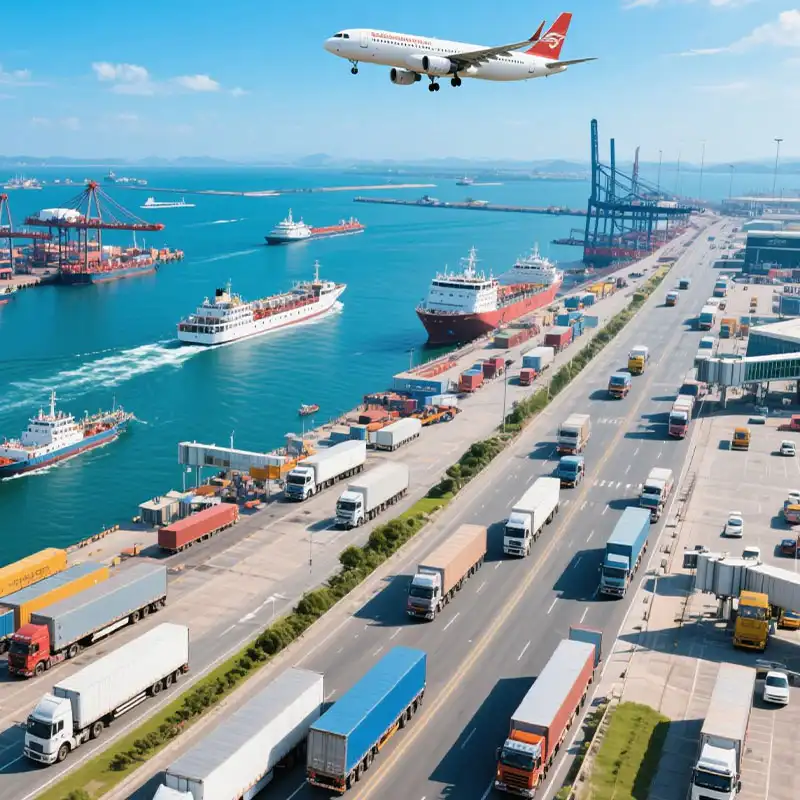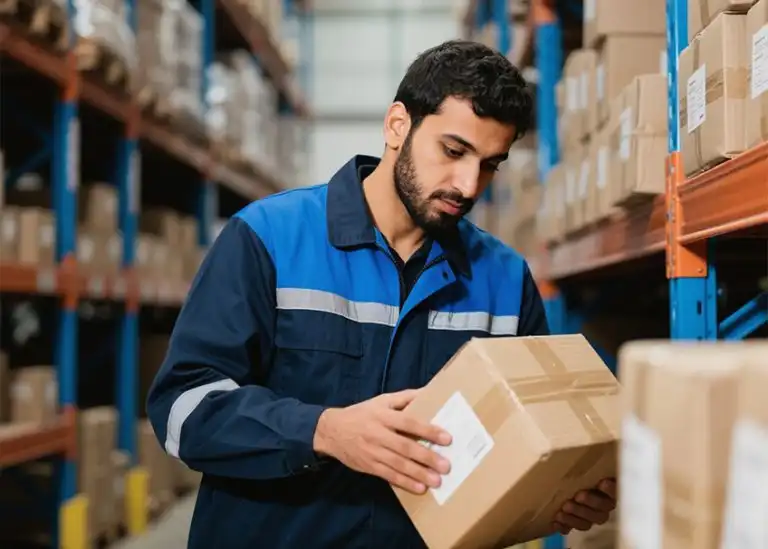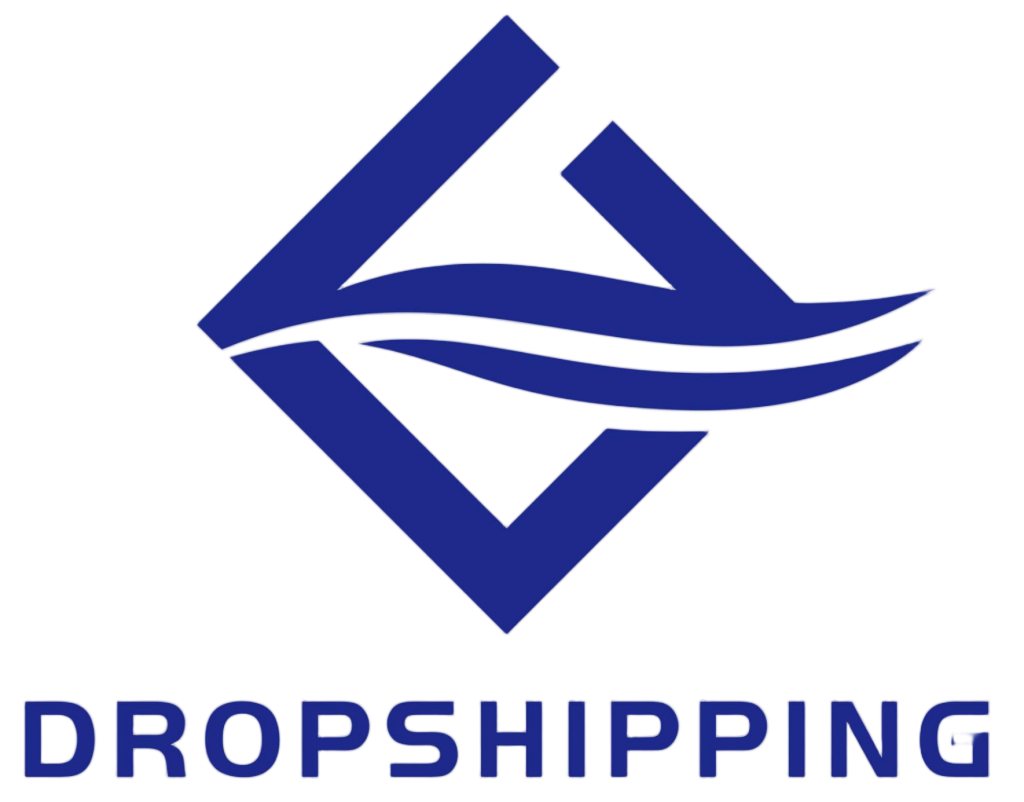In today’s bustling digital age, delivering orders to customers is a crucial task for any thriving e-commerce or retail business. Shoppers now demand swift service, minimal errors, and a smooth experience. To meet these needs, businesses must fine-tune every step of the order process. Whether you manage a small DROPSHIPPING store or oversee a large shipping operation, mastering the seven key steps of order fulfillment can streamline your work and keep customers satisfied.

Defining Order Fulfillment in Modern Commerce
Order fulfillment is the entire path from when a customer makes a purchase to when the item reaches their doorstep. It involves managing stock, processing orders, picking products, packing them carefully, shipping them out, and handling returns.
The Role of Order Fulfillment in E-commerce and Retail
DROPSHIPPING is a way of selling where shop owners don’t keep products in stock. Instead, they send customer orders to suppliers who mail the items straight to buyers. This setup shows how important a smooth fulfillment system is in today’s trade, especially for businesses selling across borders on online platforms.
Why Efficient Order Fulfillment Matters for Business Success
A good fulfillment plan makes sure deliveries happen on time, cuts down on errors, and helps customers stay loyal. Every step in this process plays a part in creating a great experience for buyers and building trust in your brand.
Step 1: Receiving Inventory
Receiving inventory is the starting point where products come into your storage space or fulfillment hub.
Methods for Receiving Inventory from Suppliers
Stock can arrive in big batches or through single-item DROPSHIPPING setups. Sellers can send their goods to our cloud storage and benefit from expert Warehousing Services. This means they don’t have to stress over the boring tasks of managing stock.
Common Challenges and How to Address Them
Problems often pop up, like getting fewer items than expected or finding damaged stuff. Setting up checks for quality right when goods arrive can help solve these issues. To make sure shipped items are up to standard, one-stop cloud warehouse DROPSHIPPING services often offer Product Quality Inspection and Photography Services.
Step 2: Inventory Storage and Management
After getting the stock, it needs to be kept in a way that makes it easy to grab when needed.
Organizing Inventory for Accuracy and Efficiency
Sorting items by SKU codes or using specific spots for storage helps speed up picking. This kind of setup reduces mix-ups when things get busy.
Tools and Systems for Inventory Tracking
Warehouse Management Systems (WMS) are really helpful. These tools watch stock levels closely. They update as things change. Plus, they help restock items without needing extra work. This is great for businesses, including those using DROPSHIPPING.
Step 3: Order Processing
When a customer buys something, lots of tasks start. The process begins right after a purchase is made online.
From Order Placement to Picking Instructions
Once a customer orders online, the system checks the stock. It makes sure the item is available. Then, it gives clear directions to warehouse workers. They know exactly which products to pick.
Ensuring Accuracy in Order Details
Using smart tools helps avoid errors. These tools check addresses and payment details. They also confirm if items are in stock. This happens before the order moves forward. It keeps everything accurate for DROPSHIPPING and other businesses.

Step 4: Picking Items from StoragTools and Systems for Inventory Tracking
Warehouse Management Systems (WMS) are super important here. These tools keep an eye on stock levels as they change and help refill supplies without manual effort.
Picking Strategies for Various Business Models
Different businesses use different ways to pick items:
Zone Picking
Workers stick to certain areas and only pick stuff from their assigned spots.
Batch Picking
Several orders with matching items are picked all at once.
Wave Picking
Orders are grouped together based on delivery times or routes.
Minimizing Errors During the Picking Process
Tools like barcode scanners and automated lists help avoid slip-ups. Getting this step right means fewer returns and happier customers.
Step 5: Packing Orders Securely and Efficiently
Packing keeps products safe during shipping while keeping costs low.
Materials and Techniques Used in Packing
Items get wrapped with things like bubble wrap, sturdy boxes, or green fillers based on how delicate they are. One-stop DROPSHIPPING services often include Packing and Labeling Services, making sure all shipping papers are attached properly.
Balancing Cost, Protection, and Sustainability
Many businesses look for earth-friendly packing options that still keep items safe. This helps match their values with practical needs.
Step 6: Shipping Orders to Customers
Shipping is the last step before the product reaches the buyer.
Selecting Shipping Carriers and Services
DROPSHIPPING works with lots of fast shipping companies. They can pick the best Diversified Logistics Channels for users based on what customers want. Choosing dependable carriers by looking at cost and speed is very important.
Managing Delivery Times and Costs Effectively
Giving buyers choices like regular or fast shipping lets them decide based on how soon they need it. Meanwhile, businesses can save money by working out deals with shipping companies.
Step 7: Handling Returns and Reverse Logistics
Returns happen, but they can be handled well with the right setup.
Creating a Seamless Return Process for Customers
A simple return policy makes customers trust you more. Offering prepaid labels or easy drop-off spots makes the process hassle-free for them.
Restocking, Refunds, and Data Collection from Returns
Returned goods are checked before being put back in stock or thrown out. Gathering info on why things were returned helps improve Product Listing or quality checks.
Key Technologies That Support Order Fulfillment Operations
Tech is a big help in every part of getting orders ready.
Warehouse Management Systems (WMS)
WMS tools handle everything from receiving goods to tracking shipments. They also connect smoothly with online selling platforms.
Integration with E-commerce Platforms and Marketplaces
Suppliers can link up easily with online stores like Shopify or WooCommerce. This setup boosts Order Processing speed and cuts down on errors from start to finish.
Common Challenges in Order Fulfillment and Solutions to Overcome Them
Even the best systems run into problems, but planning ahead can help.
Managing High Volumes During Peak Seasons
Busy times like holidays can overwhelm your setup. Hiring extra help for a short time or teaming up with third-party services like DROPSHIPPING warehouses can handle the rush since they adjust easily to demand.
Reducing Human Error with Automation
Using barcode tools and automatic checks cuts down on wrong picks or packing mix-ups. This keeps things steady even when things get hectic.
Introducing DROPSHIPPING as a Comprehensive Fulfillment Partner
For companies wanting to grow without spending a lot on their own setup, DROPSHIPPING brings a lot of flexibility to the table.
DROPSHIPPING lets sellers run their business without tying up money in buying stock or storing it. This lowers risks a ton while opening doors to sell worldwide, from finding products to getting them delivered.
Warehousing, Drop Shipping, Package Consolidation, and More
The heart of our one-stop cloud warehouse DROPSHIPPING service is Warehousing Services. Other offerings include:
Product Sourcing and Store Authorization Services
Retailers can look up products by name. Suppliers can add items and reply to requests with ease.
Packing, Labeling, Quality Inspection, Photography Services
Our team checks incoming products, takes pictures, and handles Packing and Labeling Services. This frees sellers from dealing with background tasks.
Freight Calculation, Tracking, Customized Packaging & POD Options
Our system includes Freight Calculation & Order Tracking features. It also offers Customized Packaging Services, which are great for POD (Print on Demand) Customization Services where branding is key.

Conclusion on Optimizing the Fulfillment Process for Business Growth
Order fulfillment isn’t just a task you must complete. It’s a clever way to shine and boost your business. When done well, it matches what customers want.
Aligning Fulfillment Strategy with Customer Expectations
Quick shipping keeps buyers happy. Updates on package locations build trust. Tools like WMS make things clear. They help from the time a customer buys to when the item arrives at their door.
Choosing the Right Partners to Scale Efficiently
Choosing the right helpers is important. You can use tech tools or team up with DROPSHIPPING platforms. These offer Warehousing Services and worldwide shipping support. Good partners help your business grow strong over time.
FAQs:
Q1: What’s the cheapest way for small businesses to manage order fulfillment?
A: Small businesses often do well with DROPSHIPPING setups since they don’t need to buy stock upfront. This lets owners skip the hassle of storing items and put their money into growing their brand through marketing instead.
Q2: How fast can orders be handled with automated tools?
A: With WMS connected to online shops like Shopify or WooCommerce, orders from a seller’s store sync right away. This means they can be processed almost instantly after the purchase is confirmed, often in just a few minutes based on how well the system runs.
Q3: Can I make my packaging unique if I use DROPSHIPPING?
A: Yes, for sure! If you’re new to DROPSHIPPING, you can pick Customized Packaging Services. This helps show off your brand while keeping shipping simple through supplier support.







